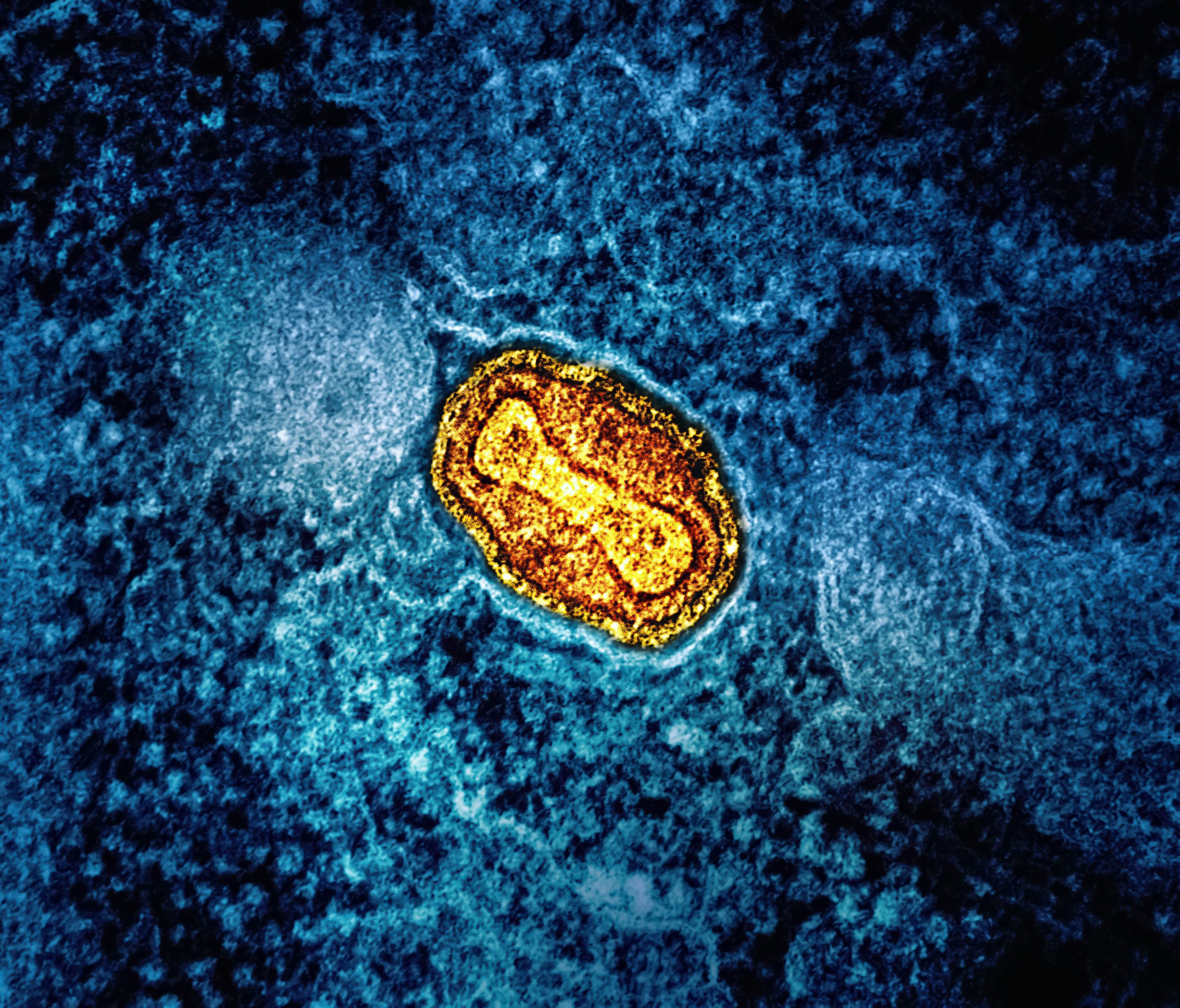Mitochondria are often described as the “powerhouses” of our cells, producing the energy that fuels nearly every biological process. But we have learned that they are so much more! When they work well, tissues can grow, heal, and adapt. But when mitochondria falter, the effects ripple across the body, contributing to heart disease, neurodegeneration, infertility, osteoarthritis, and even the aging process itself.
Because of their central role, I and others have long been interested in mitochondrial transplantation, delivering healthy mitochondria into diseased tissues. In principle, this approach could restore energy balance, rescue failing cells, and reverse tissue degeneration.
The problem? Each patient may require billions of mitochondria per treatment, and harvesting that number sustainably has been nearly impossible.
However; as noted in a recent study, published in Bone Research (2025), we may have found a solution.

The Challenge of Harvesting Mitochondria
Traditionally, donor mitochondria have mostly been harvested from tissues such as the liver or muscle. But this method is invasive, produces only limited amounts, and the quality can vary greatly depending on the donor’s age and health.
As a result, this approach cannot keep up with the growing demand for mitochondrial therapy. What’s really needed is a way to generate large numbers of mitochondria consistently at scale, while also ensuring they remain healthy and functional. This is exactly what the new study set out to achieve: turning ordinary cells into efficient factories for these cell powerhouses.
Turning Cells into Factories
This new study explored an innovative strategy: using human mesenchymal stem cells (MSCs) as a platform for mitochondrial production. Instead of focusing on stem cells as therapies in themselves, the researchers asked: What if we could reprogram them to make these organelles in vast numbers?
By creating a specialized culture medium, which they termed a “mito-condition,” the scientists who authored this study were able to tune the cells’ internal machinery toward mitochondrial production. Within just 15 days, this condition produced dramatic results:
- 854 times more mitochondria compared to standard culture.
- 5.7 times more ATP output, a measure of energy production.
- Healthier, more resilient mitochondria that maintained function even after isolation and storage.
The Science: Rebalancing Energy Use
How did the mito-condition achieve this surge?
The researchers found that it worked by activating the AMPK pathway, the cell’s built-in energy sensor. This pushed cells to redirect resources into making more mitochondria ( aka – mitogenesis) while dialing down less urgent, energy-hungry processes like autophagy, secretion, and migration.
In other words, the cells became optimized factories: producing and sustaining large numbers of high-quality mitochondria while conserving energy elsewhere.

Proof of Concept: Cartilage Regeneration in Osteoarthritis
To test whether these lab-grown mitochondria could work in living systems, the team transplanted them into mice with osteoarthritis (OA), a degenerative joint disease strongly linked to mitochondrial dysfunction in cartilage cells.
The results were striking:
- Cartilage repair improved: joint surfaces were more intact and healthier after 12 weeks.
- Functional proteins were preserved: collagen type II and aggrecan, both vital for cartilage strength, remained present in treated joints.
- Disease progression slowed: even bone changes typical of OA, such as sclerosis and osteophyte formation, were reduced.
Mice receiving mitochondria grown under the mito-condition showed better outcomes than those given standard mitochondria, underscoring that quality matters as much as quantity.
Why This Matters
This study represents a major step forward in making mitochondrial therapy viable for clinical use. By programming cells to act as renewable mitochondria factories, researchers can now imagine a future where mitochondria are:
- Produced at scale to meet patient demand.
- Stored and transported as off-the-shelf resources.
- Delivered directly into diseased tissues to restore cellular energy.
For osteoarthritis, the immediate application is clear: healthier mitochondria could directly repair and protect cartilage. But the implications go far beyond one disease. Conditions as diverse as heart failure, infertility, wound healing, and neurodegeneration all share one common thread: mitochondrial decline.
Looking Ahead
This research shows that regeneration may not always depend on adding new cells, but on revitalizing the energy engines inside them. By refining how mitochondria are produced and delivered, we are opening a new frontier within regenerative medicine. While the findings are still early, the concept is powerful: if we can restore energy at the cellular level, we may also utilized this technique to restore function across entire tissues and organs.
Mitochondria are emerging as active tools for healing and, potentially, for extending not just lifespan but healthspan. And as this field develops, one truth becomes clear: lasting repair and longevity require a coordinated cellular approach that integrates energy, structure, and cell to cell communication.
Why Mitochondria Matter for Stem Cell Therapies and Beyond
Mitochondrial transplantation is still in its infancy, but this study adds a missing piece to the regenerative medicine puzzle: without healthy mitochondria, even the most advanced therapies struggle to reach their full potential. Cellular energy is the foundation of healing.
At ReCELLebrate, we view this discovery as complementary to the therapies already reshaping the field. Stem cells and their exosomes deliver the molecular instructions that guide recovery, further encouraged by certain peptides. But it is mitochondria that fuel both processes. In this way, mitochondria act as the lesser known enablers of regenerative medicine.
That is why true longevity is never about a single intervention. It is about balance at every level of the cell. Supporting mitochondrial health can strengthen stem cell therapies, enhance exosome efficiency, and ultimately give tissues the energy they need to repair and thrive. As research like this advances, ReCELLebrate remains committed to helping people pursue scientifically sound strategies today while preparing for the breakthroughs of tomorrow.

